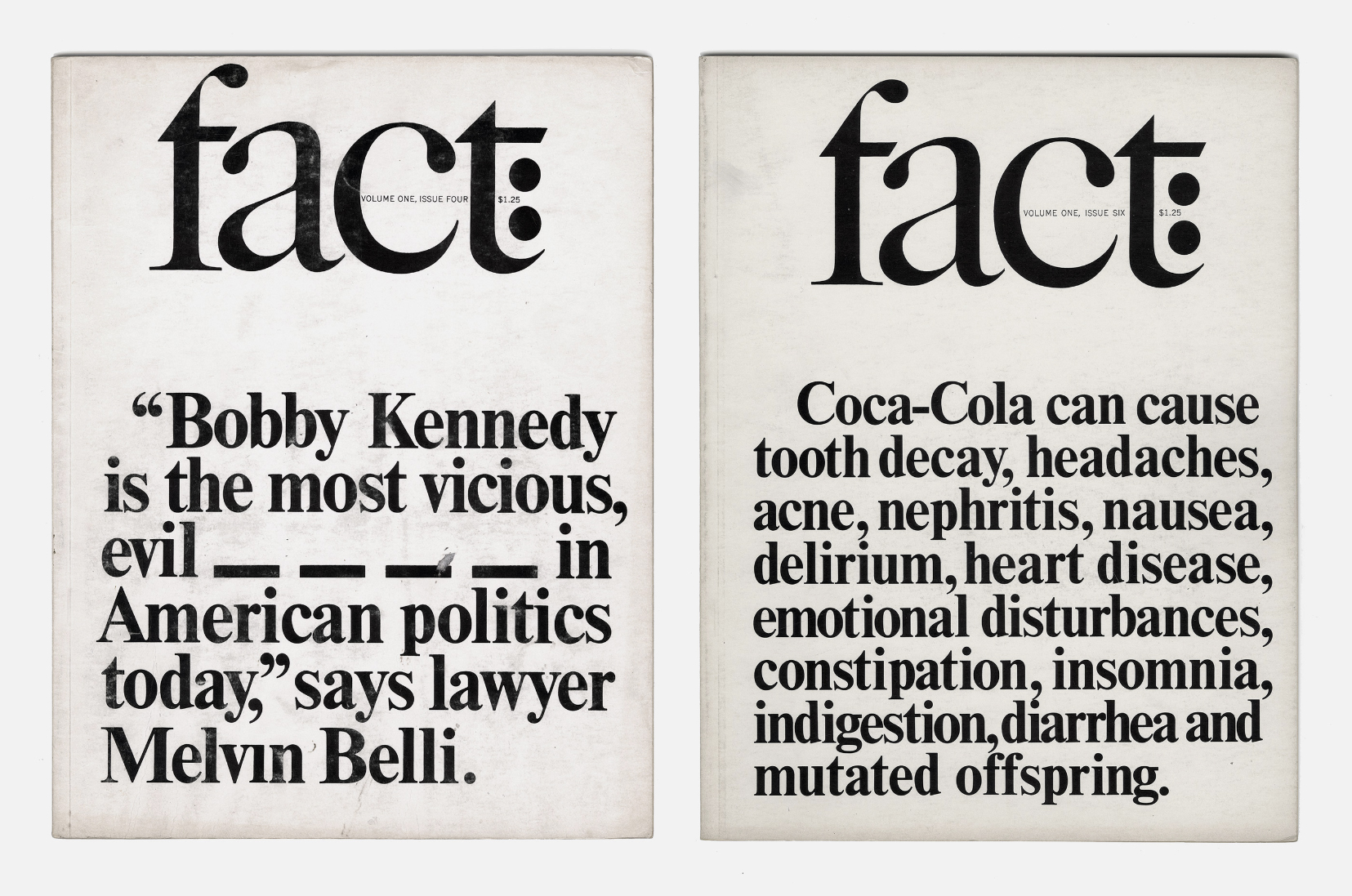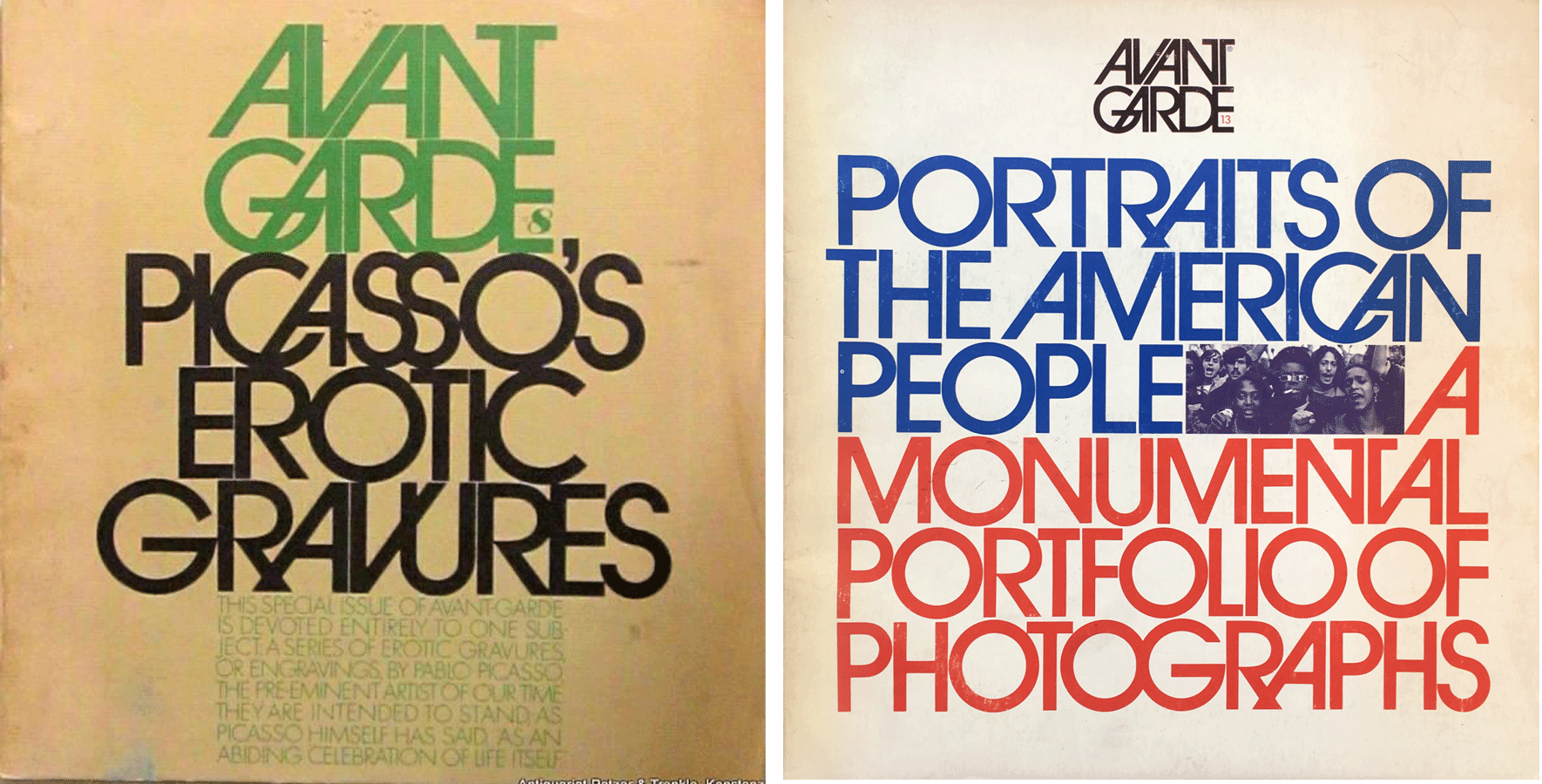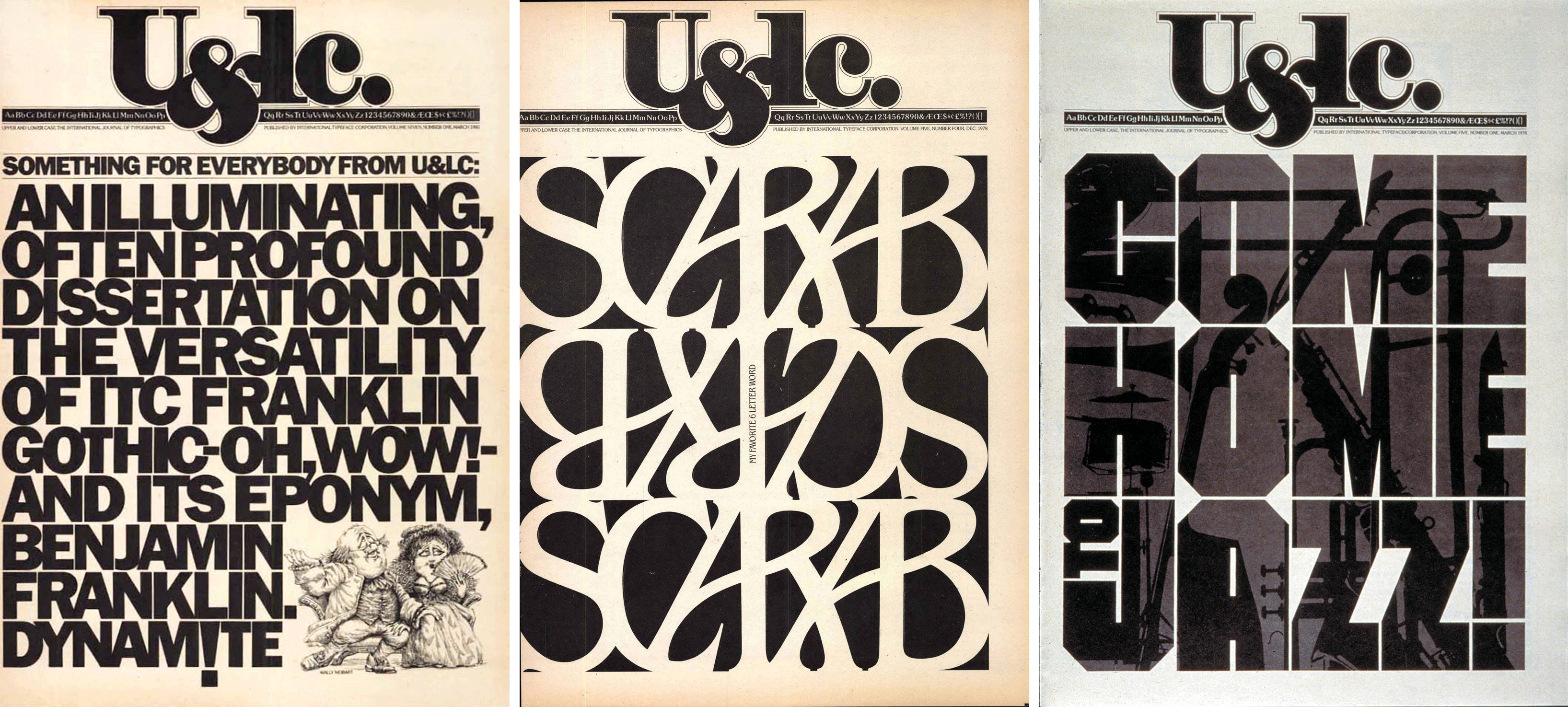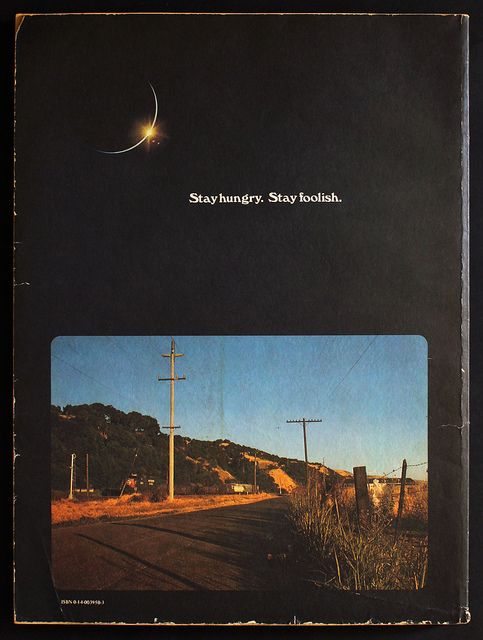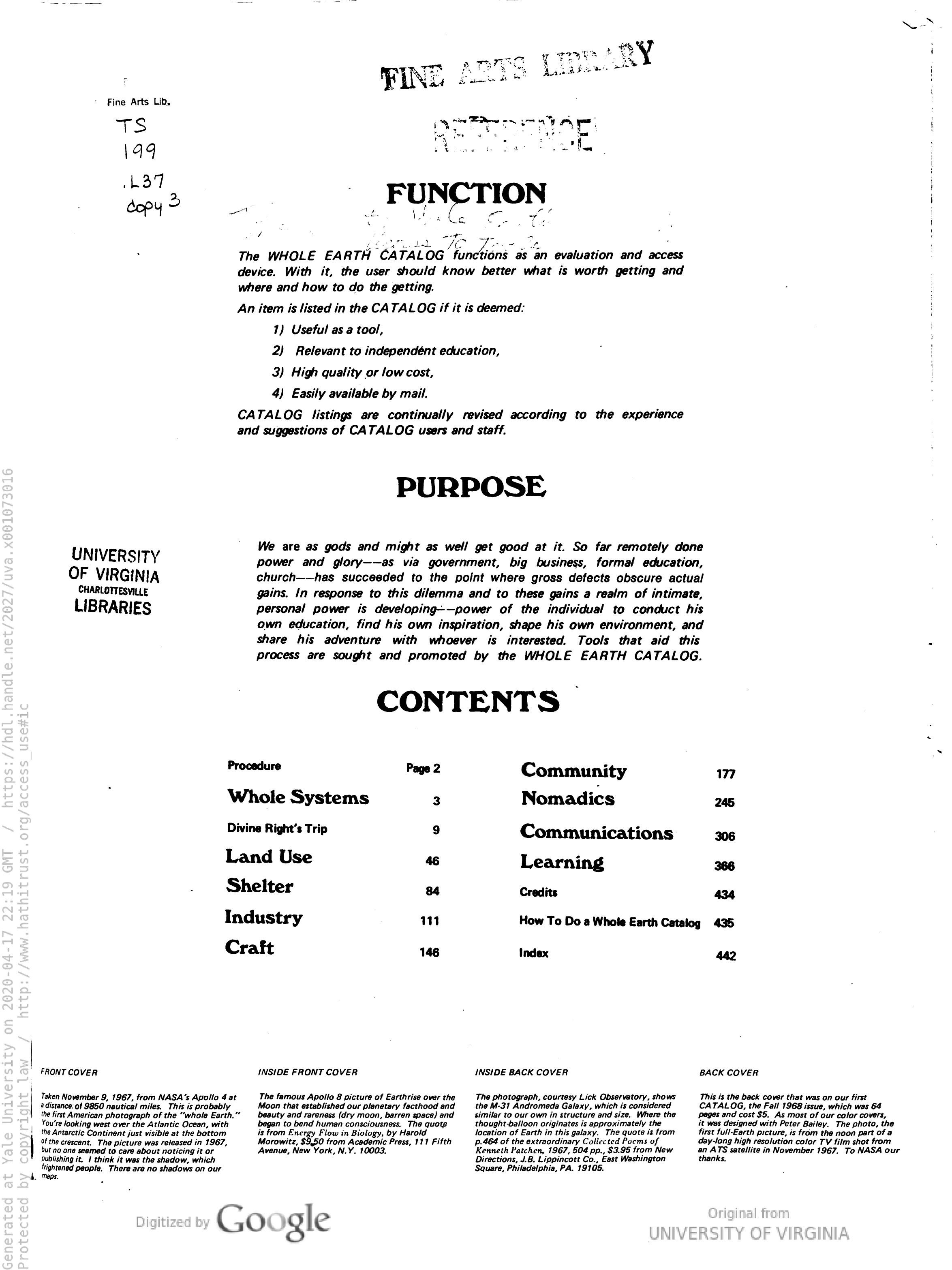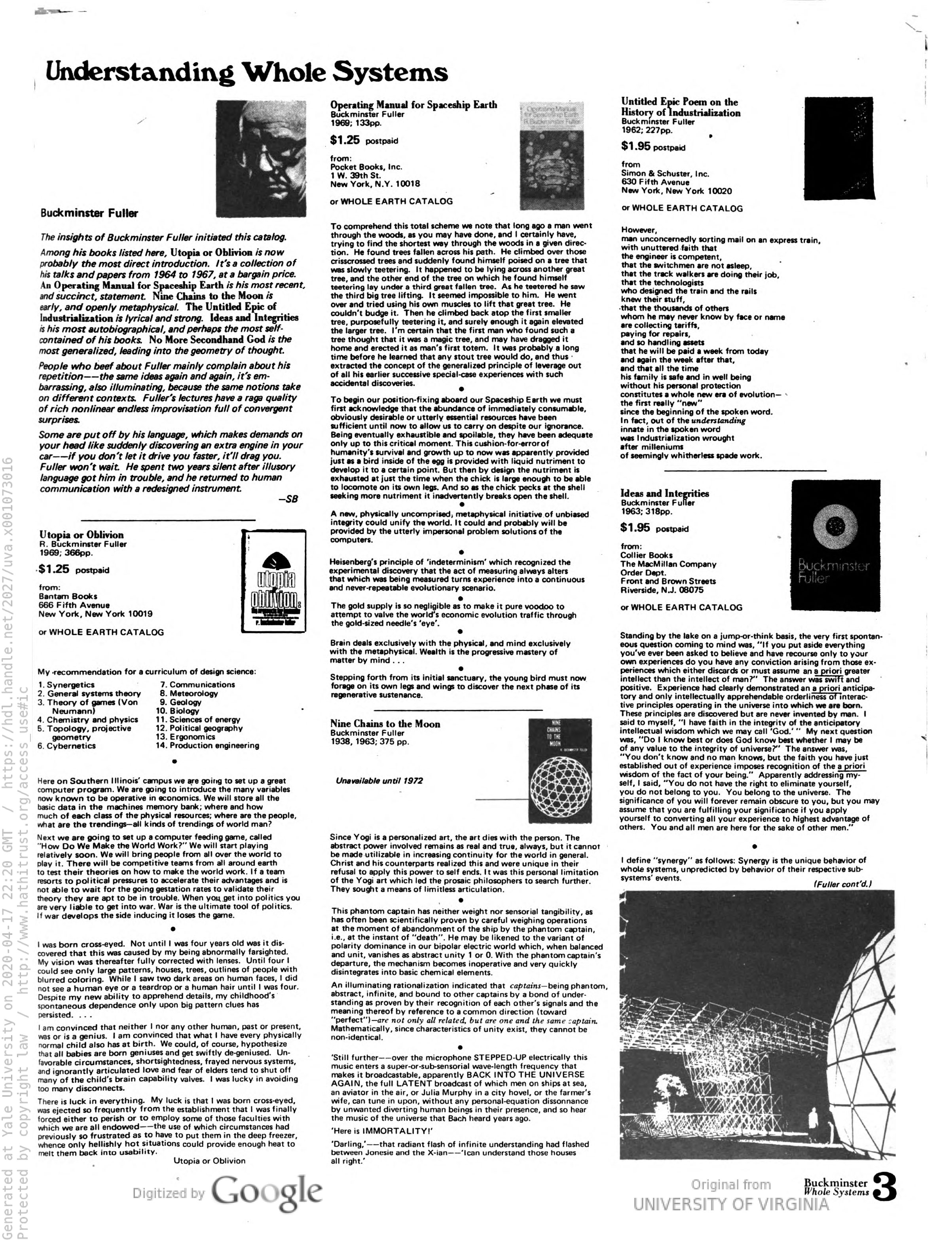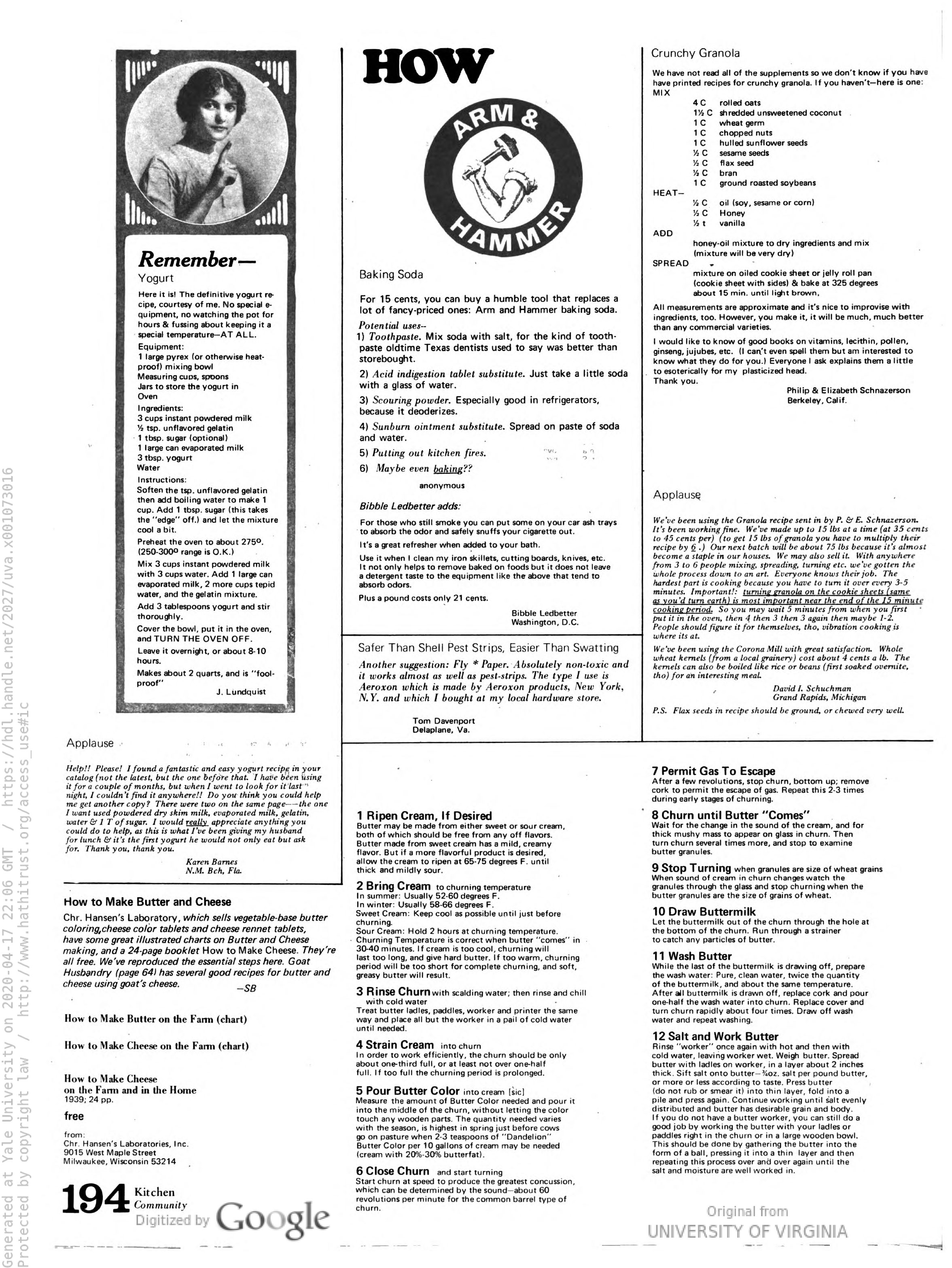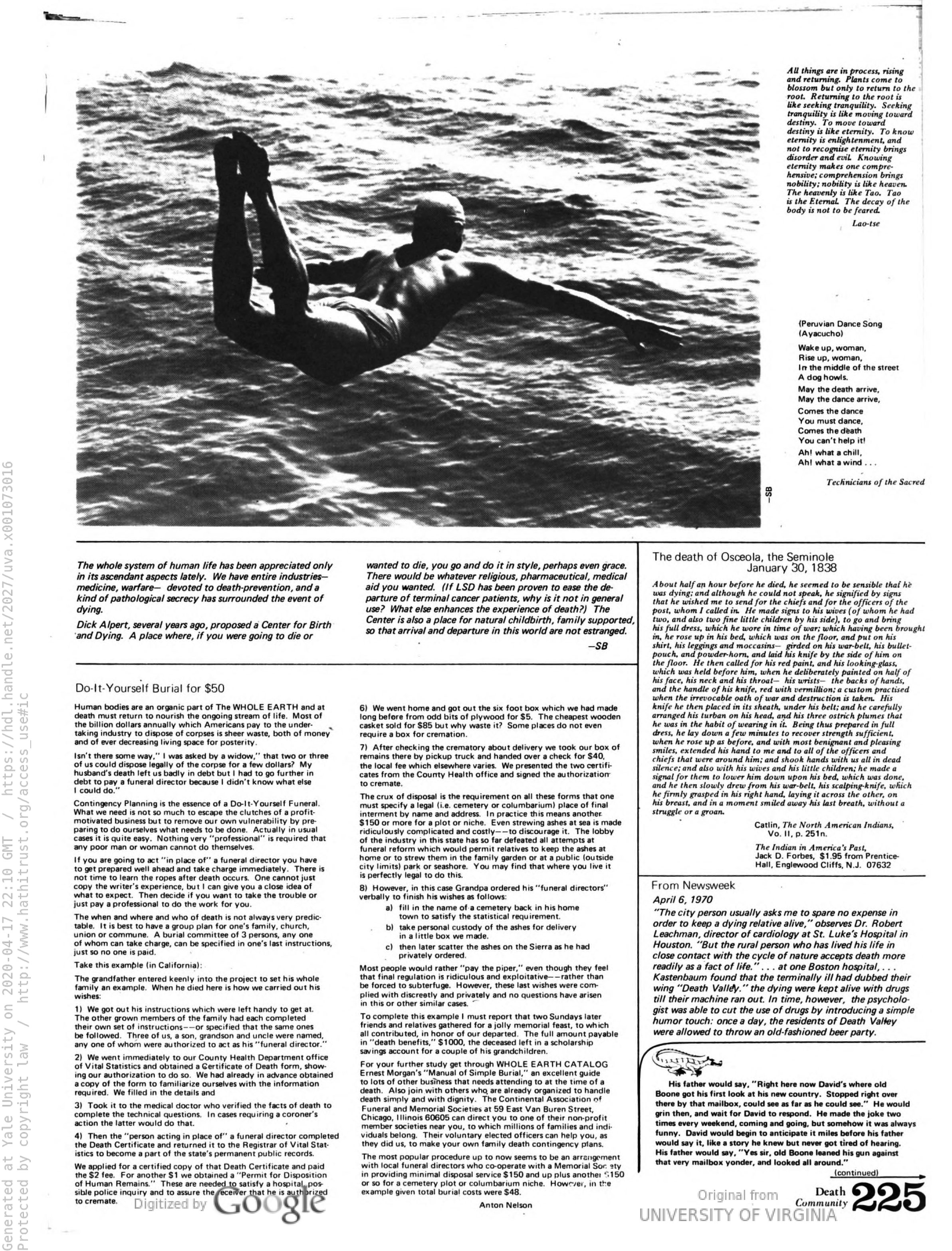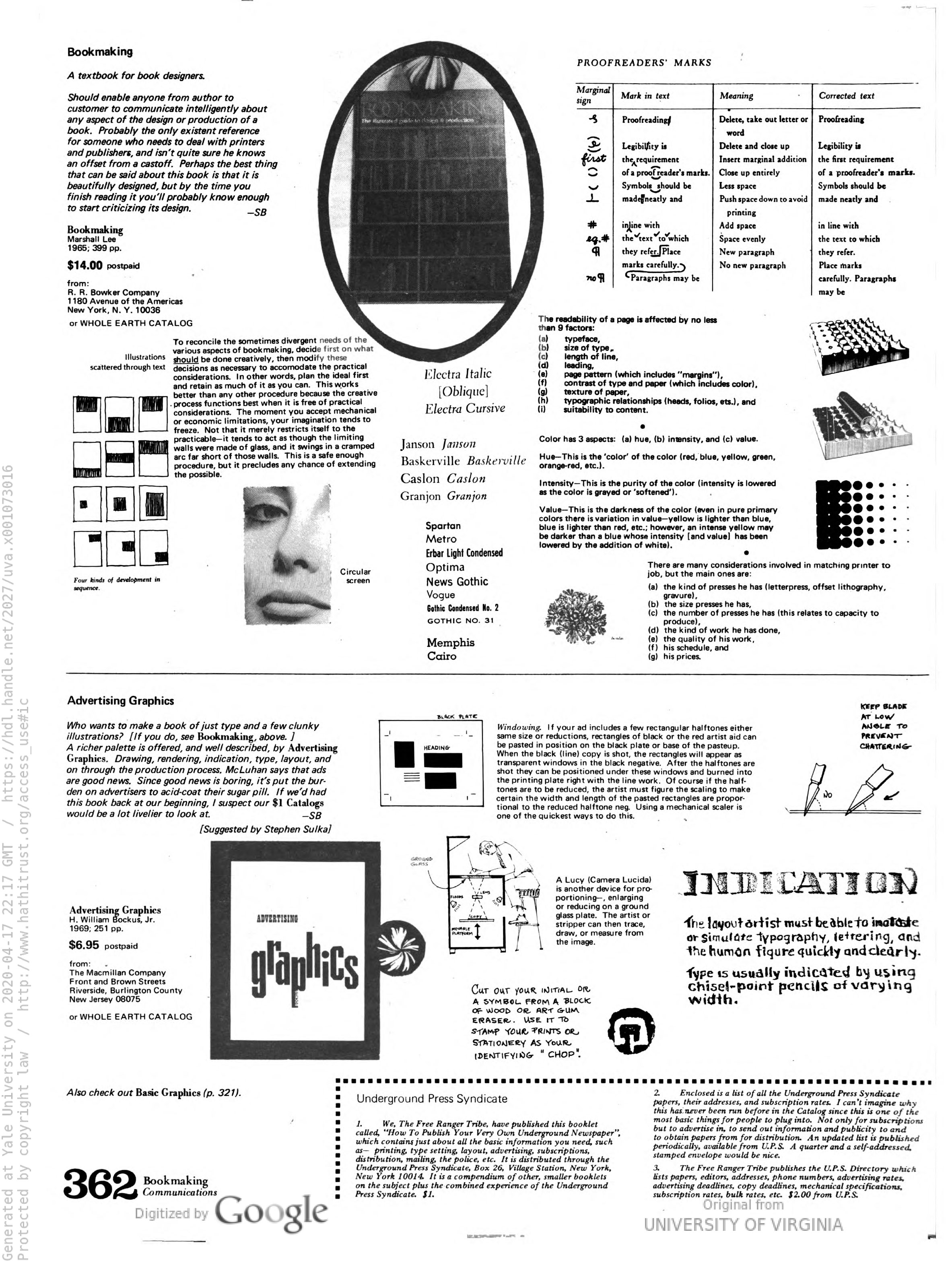Have you guys ever noticed this logo around the Union Station in New Haven?
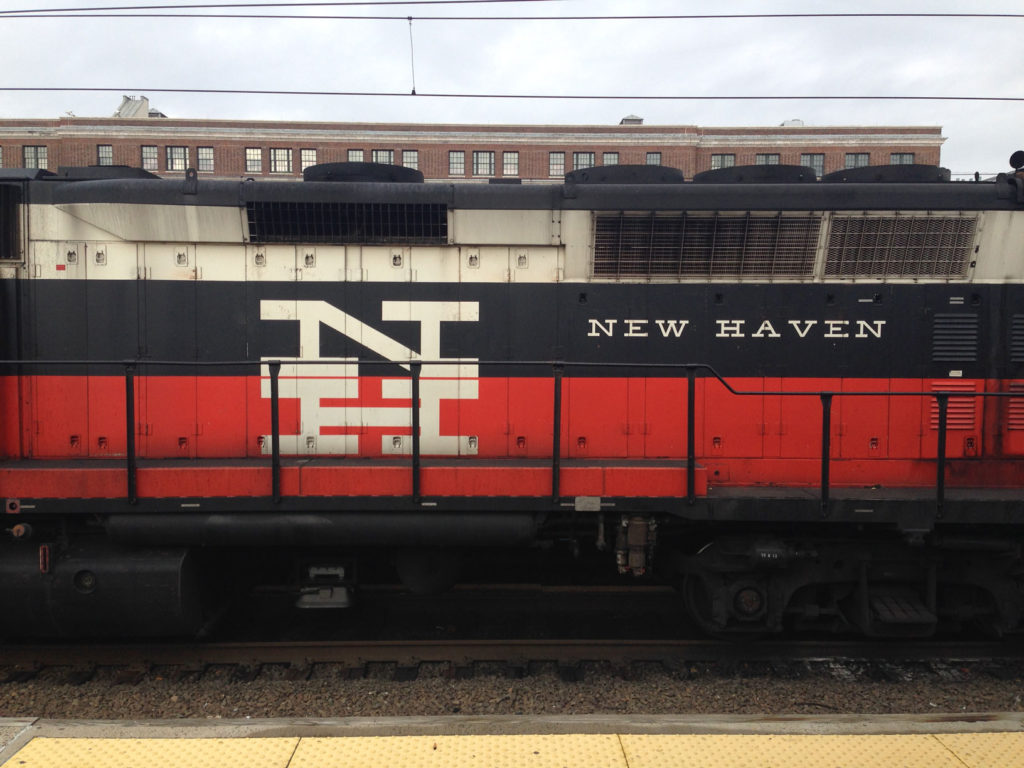

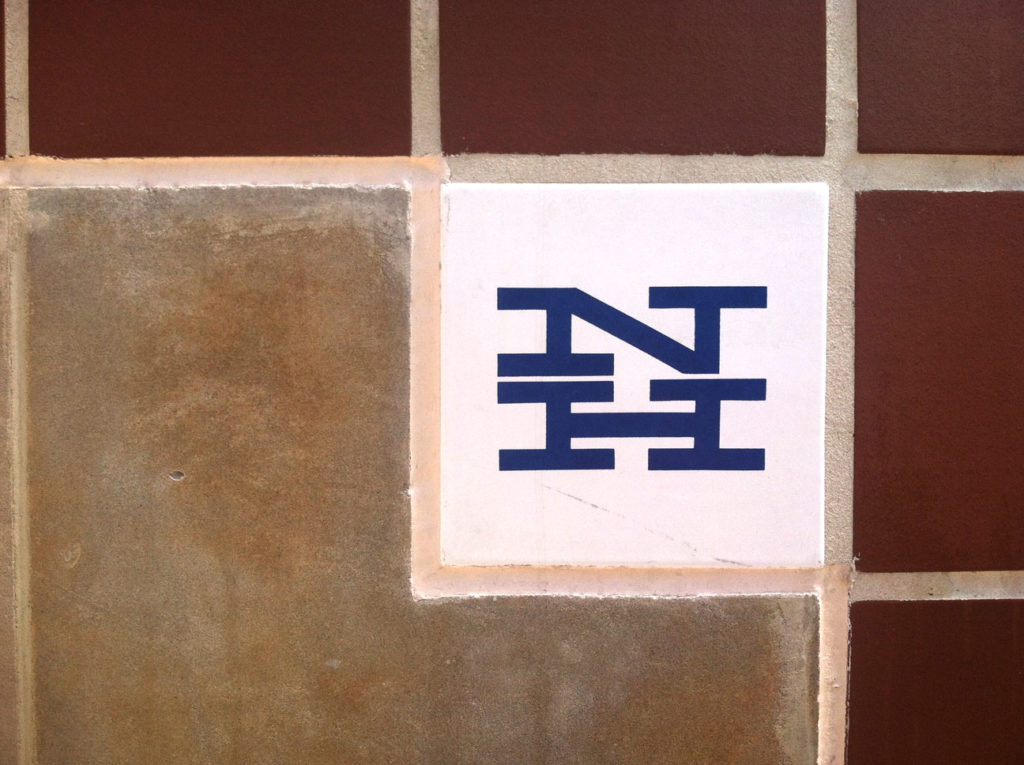
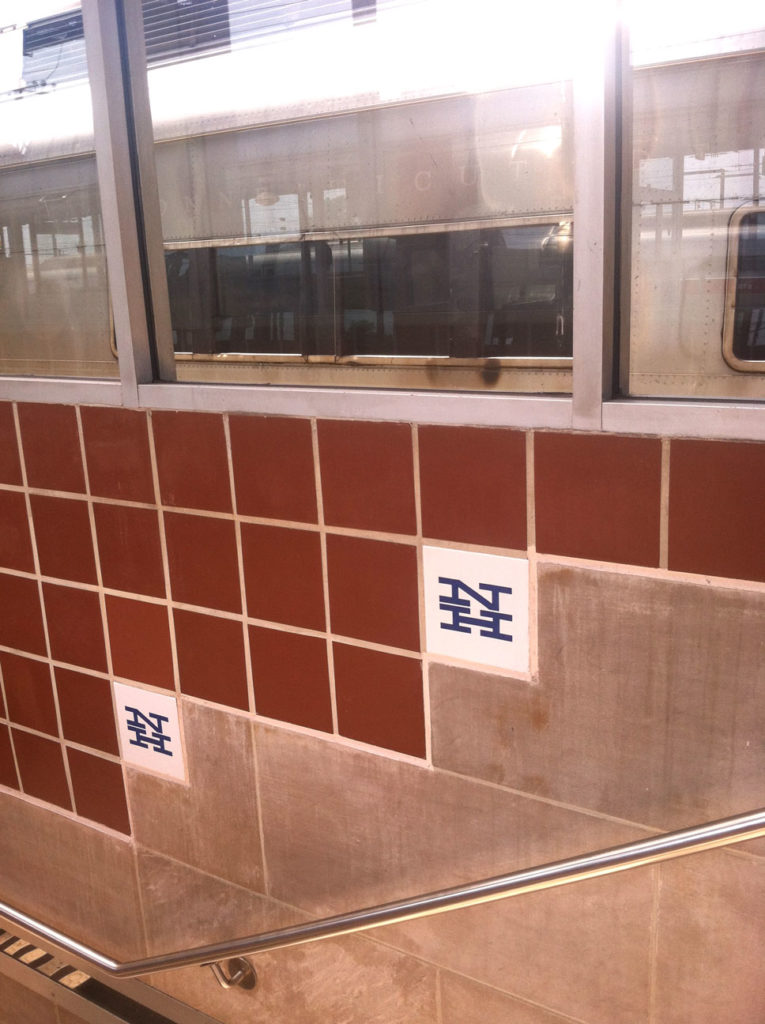
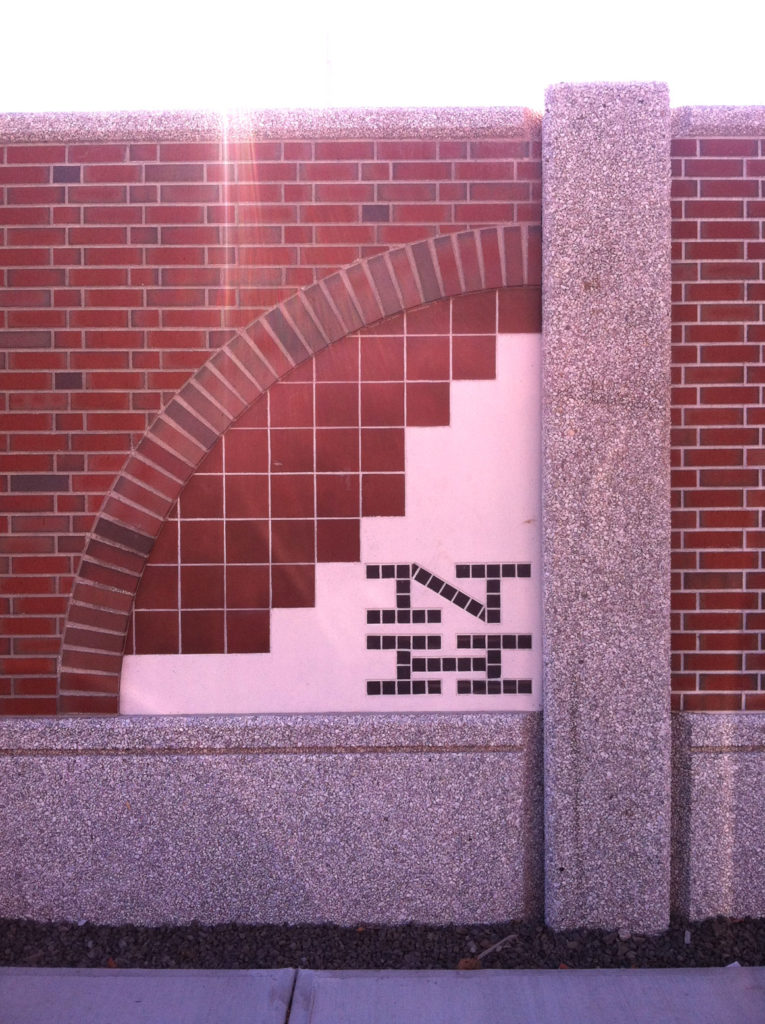
Well, seeing these photos of mine all taken at different times over the years, you can probably tell that I certainly have paid special attention to this. 🙂
For those of you who ever wondered what it is and who designed it: it’s a logo for New Haven Rail Road, designed in 1952–1955 by Herbert Matter(1907–1984), who also taught design and photography at Yale from 1952 to 1976. (He had worked as a photographer for magazines such as Harper’s Bazaar and Vogue). You actually have seen his posters for the Swiss Tourist Office from one of my presentations. Do you recognize these?
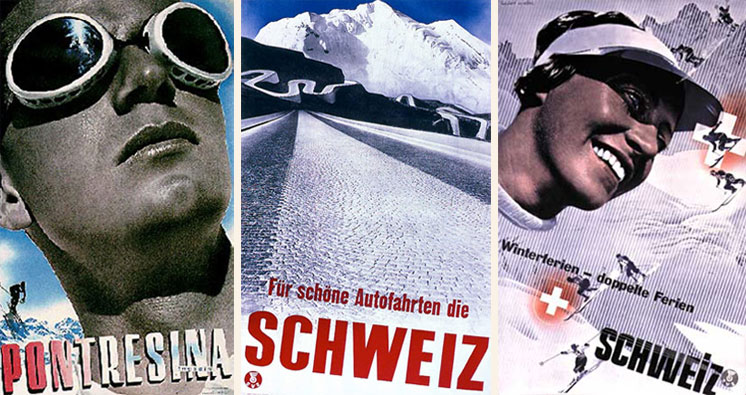
There is a documentary film about Matter, The Visual Language of Herbert Matter, which I sometimes show in class. Watch the trailer:
Obviously we couldn’t do this together semester, but good news! I found a way for you to watch it. Kanopy has this film in their collection, and you can access their entire collection with your Yale credentials. The only thing is that you’ll need to download and install VPN from Yale software library which can be a little bit of work. But I think it is worth it, especially seeing the vast collection Kanopy has. There are more design documentaries and other films I will recommend from there! There is so much we can watch together.
And now next time you walk by this logo, you’ll know the backstory!
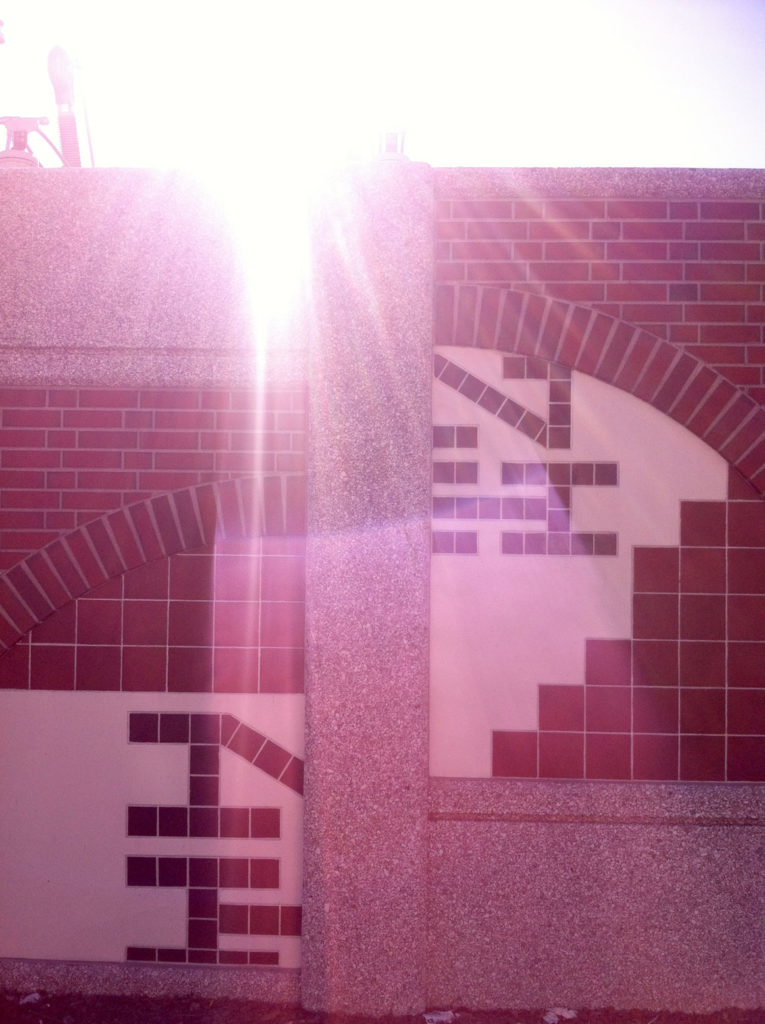
More about Herbert Matter: herbertmatter.org
